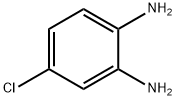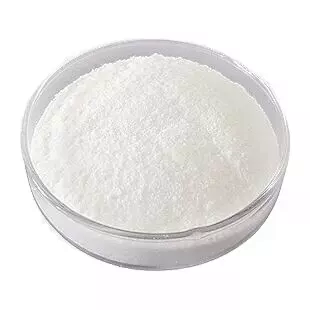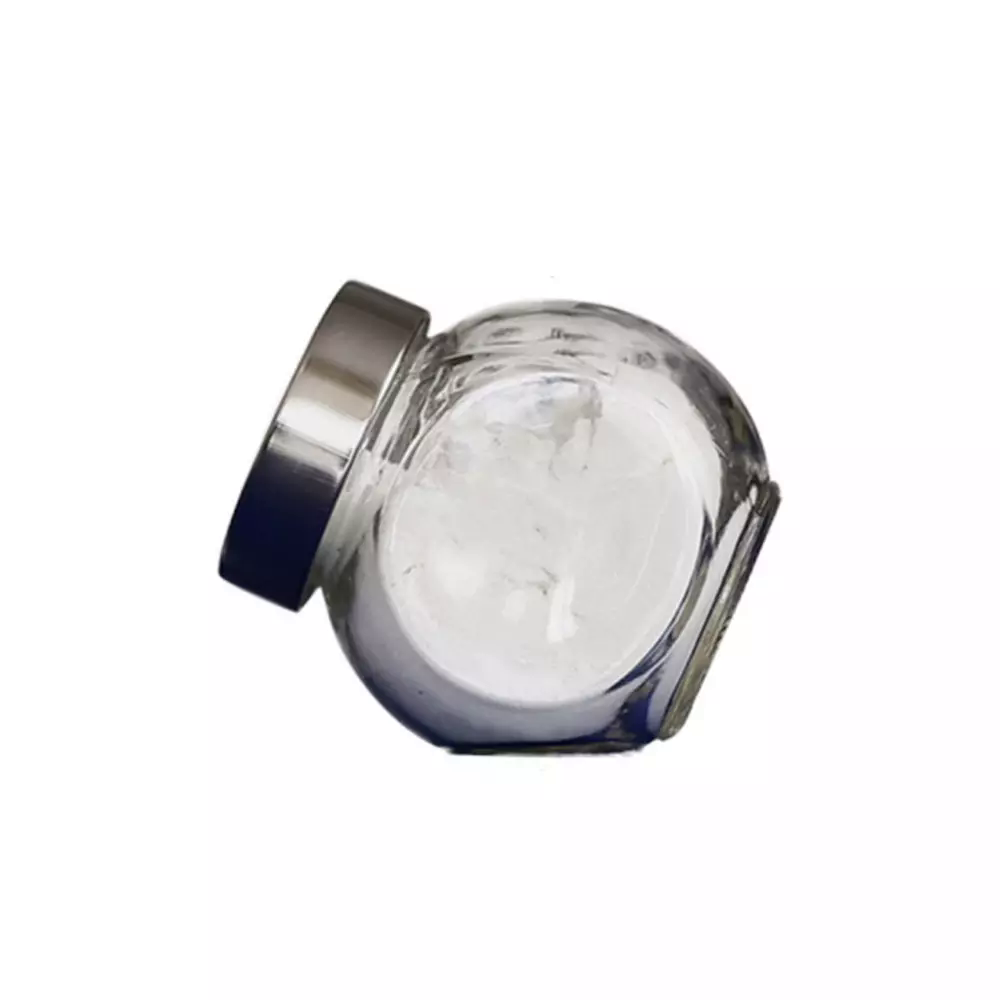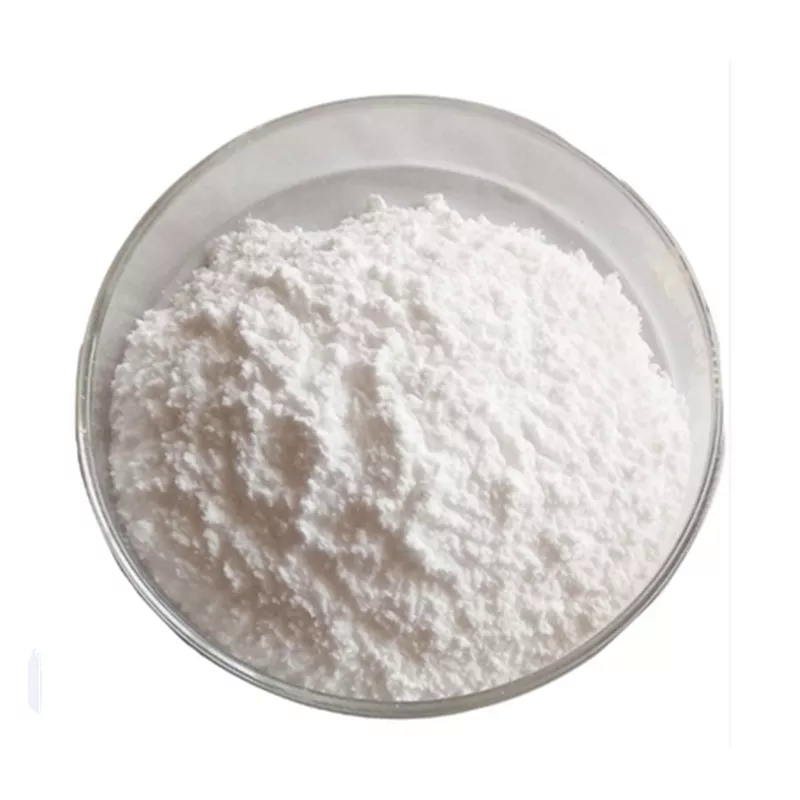4-Chloro-o-phenylenediamine
Synonym(s):4-Chloro-1,2-diaminobenzene
- CAS NO.:95-83-0
- Empirical Formula: C6H7ClN2
- Molecular Weight: 142.59
- MDL number: MFCD00011691
- EINECS: 202-456-8
- SAFETY DATA SHEET (SDS)
- Update Date: 2024-12-18 14:15:30

What is 4-Chloro-o-phenylenediamine?
Chemical properties
4-Chloro-o-phenylenediamine is a brown crystalline powder or leaflets from water; freezing/melting point 67-73°C; also reported in lit. @ 76°C. Slightly soluble in water. soluble in benzene, very soluble in ethanol, ether. It is stable at normal temperatures and pressures.
The Uses of 4-Chloro-o-phenylenediamine
4-Chloro-o-phenylenediamine can be used as an oxidation base for dye preparation, as a chemical intermediate to produce 5-chlorobenzotriazole, as a curing agent for epoxy resins, as a reagent in gas chromatography, and to synthesize experimental pharmaceuticals. It has been used as a chemical intermediate in dye production and was patented as a hair-dye component, but there is no evidence that it is currently used in the United States for these purposes (IARC 1982, HSDB 2009).
Production Methods
Commercial production of 4-chloro-o-PDA in the United
States was first reported in 1941. About 0.45–4.5 thousand kg
was produced by a U.S. company in 1977. It was also
produced by one company in the Federal Republic of
Germany. This compound has been patented as a hair dye
component, fur dyes, inks, and hair coloring formulations,
and is believed to be used to produce 5-chlorobenzotriazole,
an isomer of which is a photographic chemical.
The primary routes of potential human exposure to 4-
chloro-o-PDA are inhalation and dermal contact during its
production. Consumer exposure may occur from use of hair
dyes or products made from 5-chlorobenzotriazole.
Definition
ChEBI: 4-Chloro-ortho-phenylenediamine is a member of monochlorobenzenes. Undergoes cyclizations and cyclocondensations to form benzimidazoles.
General Description
4-chloro-o-phenylenediamine appears as brown crystalline solid or powder. (NTP, 1992)
Air & Water Reactions
4-Chloro-1,2-diaminobenzene may be sensitive to prolonged exposure to air and light. Insoluble in water.
Reactivity Profile
4-Chloro-1,2-diaminobenzene is incompatible with strong oxidizers. 4-Chloro-1,2-diaminobenzene reacts with alpha-ketoacids to form quinoxalones.
Fire Hazard
Flash point data for 4-Chloro-1,2-diaminobenzene are not available. 4-Chloro-1,2-diaminobenzene is probably combustible.
Safety Profile
Confirmed carcinogen with experimental carcinogenic and neoplastigenic data. Human mutation data reported. When heated to decomposition it emits toxic fumes of Cland NOx. See also AROMATIC AMINES.
Potential Exposure
4-Chloro-o-phenylenediamine has been patented as a hair dye component. It is believed to be used in production of photographic chemicals. In varying degrees, organochlorines are absorbed from the gut and also by the lung and across the skin.
First aid
If this chemical gets into the eyes, remove anycontact lenses at once and irrigate immediately for at least20 min, occasionally lifting upper and lower lids. Seek medical attention immediately. If this chemical contacts theskin, remove contaminated clothing and wash immediatelywith soap and water. Seek medical attention immediately. Ifthis chemical has been inhaled, remove from exposure,begin rescue breathing (using universal precautions, including resuscitation mask) if breathing has stopped and CPR ifheart action has stopped. Transfer promptly to a medicalfacility. When this chemical has been swallowed, get medical attention. Give large quantities of water and inducevomiting. Do not make an unconscious person vomit
Carcinogenicity
4-Chloro-o-phenylenediamine is reasonably anticipated to be a human carcinogen based on sufficient evidence of carcinogenicity fromstudies in experimental animals.
storage
Color Code—Blue: Health Hazard/Poison: Storein a secure poison location. Prior to working with thischemical you should be trained on its proper handling andstorage. A regulated, marked area should be establishedwhere this chemical is handled, used, or stored in compliance with OSHA Standard 1910.1045. Store in tightlyclosed containers in a cool, well-ventilated place or arefrigerator.
Shipping
UN2811 Toxic solids, organic, n.o.s., Hazard Class: 6.1; Labels: 6.1-Poisonous materials, Technical Name Required. UN3143 Dyes, solid, toxic, n.o.s. or Dye intermediates, solid, toxic, n.o.s., Hazard Class: 6.1; Labels: 6.1-Poisonous materials, Technical Name Required.
Purification Methods
Recrystallise the diamine from pet. ether. [Beilstein 13 IV 68.]
Incompatibilities
Incompatible with oxidizers (chlorates, nitrates, peroxides, permanganates, perchlorates, chlorine, bromine, fluorine, etc.); contact may cause fires or explosions. Keep away from alkaline materials, strong bases, strong acids, oxoacids, epoxides. Light sensitive. It reacts with alpha-ketoacids to form quinoxalones or benzopyrazines.
Waste Disposal
Disposal of unused product must be undertaken by qualified personnel who are knowledgeable in all applicable regulations and follow all pertinent safety precautions including the use of appropriate protective equipment. For proper handling and disposal, always comply with federal, state, and local regulations.
Properties of 4-Chloro-o-phenylenediamine
| Melting point: | 70-73 °C(lit.) |
| Boiling point: | 232.49°C (rough estimate) |
| Density | 1.2124 (rough estimate) |
| refractive index | 1.4877 (estimate) |
| storage temp. | Keep in dark place,Inert atmosphere,Room temperature |
| solubility | Chloroform (Slightly), Methanol (Slightly) |
| form | Solid |
| pka | 3.52±0.10(Predicted) |
| color | White to off-white |
| Water Solubility | 16 g/L (20 ºC) |
| BRN | 508472 |
| Stability: | Stable. Combustible. Incompatible with strong oxidizing agents. |
| CAS DataBase Reference | 95-83-0(CAS DataBase Reference) |
| IARC | 2B (Vol. 27, Sup 7) 1987 |
| NIST Chemistry Reference | 1,2-Benzenediamine, 4-chloro-(95-83-0) |
| EPA Substance Registry System | 4-Chloro-1,2-phenylenediamine (95-83-0) |
Safety information for 4-Chloro-o-phenylenediamine
| Signal word | Warning |
| Pictogram(s) |
 Exclamation Mark Irritant GHS07  Health Hazard GHS08 |
| GHS Hazard Statements |
H315:Skin corrosion/irritation H319:Serious eye damage/eye irritation H335:Specific target organ toxicity, single exposure;Respiratory tract irritation H351:Carcinogenicity |
| Precautionary Statement Codes |
P201:Obtain special instructions before use. P302+P352:IF ON SKIN: wash with plenty of soap and water. P305+P351+P338:IF IN EYES: Rinse cautiously with water for several minutes. Remove contact lenses, if present and easy to do. Continuerinsing. P308+P313:IF exposed or concerned: Get medical advice/attention. |
Computed Descriptors for 4-Chloro-o-phenylenediamine
| InChIKey | BXIXXXYDDJVHDL-UHFFFAOYSA-N |
4-Chloro-o-phenylenediamine manufacturer
Chemox Chemopharma Industries
New Products
(S)-3-Aminobutanenitrile hydrochloride 4-Methylphenylacetic acid N-Boc-D-alaninol N-BOC-D/L-ALANINOL Tert-butyl bis(2-chloroethyl)carbamate 3-Morpholino-1-(4-nitrophenyl)-5,6-dihydropyridin- 2(1H)-one Furan-2,5-Dicarboxylic Acid Tropic acid 1-Bromo-3,5-Di-Tert-Butylbenzene S-2-CHLORO PROPIONIC ACID ETHYL ISOCYANOACETATE 2-Bromo-1,3-Bis(Dimethylamino)Trimethinium Hexafluorophosphate 4-IODO BENZOIC ACID 3-NITRO-2-METHYL ANILINE 1-(2,4-DICHLOROPHENYL) ETHANAMINE (2-Hydroxyphenyl)acetonitrile 4-Bromopyrazole 2-(Cyanocyclohexyl)acetic acid 4-methoxy-3,5-dinitropyridine 1-(4-(aminomethyl)benzyl)urea hydrochloride 2-aminopropyl benzoate hydrochloride diethyl 2-(2-((tertbutoxycarbonyl)amino) ethyl)malonate tert-butyl 4- (ureidomethyl)benzylcarbamate Ethyl-2-chloro((4-methoxyphenyl)hydrazono)acetateRelated products of tetrahydrofuran








You may like
-
 95‐83‐0 4‐Chloro Ortho Phenylene Diamine 98%View Details
95‐83‐0 4‐Chloro Ortho Phenylene Diamine 98%View Details
95‐83‐0 -
 95-83-0 98%View Details
95-83-0 98%View Details
95-83-0 -
 4-Chloro-o-phenylenediamine 98%View Details
4-Chloro-o-phenylenediamine 98%View Details -
 95-83-0 98%View Details
95-83-0 98%View Details
95-83-0 -
 4-CHLORO-1,2-PHENYLENE DI AMINE 95-83-0 98%View Details
4-CHLORO-1,2-PHENYLENE DI AMINE 95-83-0 98%View Details
95-83-0 -
 4-Chloro- 1,2-benzenediamine 98%View Details
4-Chloro- 1,2-benzenediamine 98%View Details
95-83-0 -
 4-Chloro-1,2-phenylenediamine CAS 95-83-0View Details
4-Chloro-1,2-phenylenediamine CAS 95-83-0View Details
95-83-0 -
 4-Chloro-o-phenylenediamine CAS 95-83-0View Details
4-Chloro-o-phenylenediamine CAS 95-83-0View Details
95-83-0